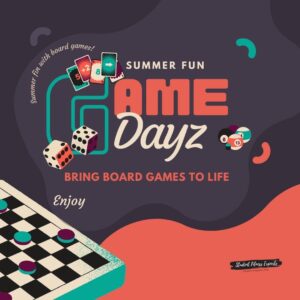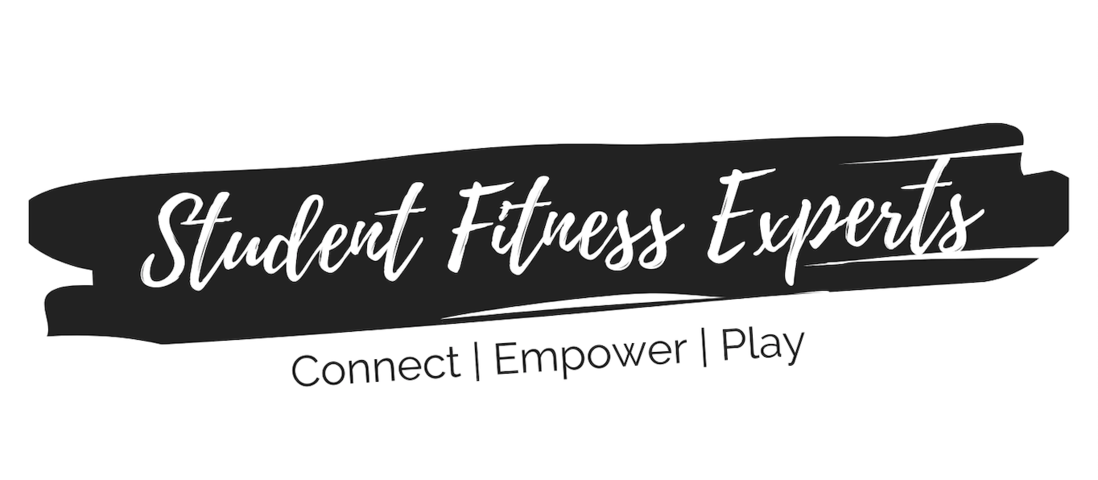bring board games to kids life this summer
Ready to play?! Board games are not only a way to have fun with your family and friends, but also a great way to work on thinking, life, and behavioral skills. Board games offer opportunities for early learners, especially in kids life to boost language skills, increase brain function and attention as well as improve problem-solving and critical thinking. Board games also teach the value of teamwork, improve patience, and support healthy competition. Game nights encourage communication, strengthen relationships, and create lifelong memories.
Adults benefit from board games too! Playing stimulates brain areas responsible for complex thought and memory. Releasing endorphins and improving one’s mood, may even help reduce stress and anxiety.

Board Games
Creating life-size board games adds another layer of critical thinking, communication ideas, and collaboration as kids learn how to manage and control their body in space and utilize the equipment in a relaxed environment.
1. Tic-Tac-Toe – (improves teamwork, agility, problem solving)
- Set up a giant tic-tac-toe board using sticks, painter’s tape, string, or hula hoops about 10 feet away from the start line.
- Use any 3 items for each team (X and O) that are the same color.
- Each person runs one item at a time to the board in an effort to get 3 in a row.
- Once all the pieces have been placed, players can then move them around the board to make 3 in a row.
2. Candyland – (improves jumping, balance, galloping, throwing, catching)
- Set up a colorful walkway, using any and all colors you can find in your house. Use construction paper, straws, fabric, or socks.
- Establish a start and end line to your game. Then, create action cards related to the colors. For example, if you pick a red card, you have to do 5 jumping jacks and then can move to red.
- Just as in Candyland you can have special spots where you use a stuffed animal or special toy and that helps you skip ahead. Remember to include something unique to do for that spot, so if you have a horse as the toy then you have to gallop around the backyard and then go to the spot.
3. Memory (improves working memory, crawling)
- Create matching pairs on pieces of paper.
- Place papers picture side down and lay them out in straight lines on the ground.
- Flip the papers over and try to find the matching pairs. If the pairs don’t match, replace the papers to where you found them.
- For an added challenge, create a separate pile of cards that tell the kids how they have to move to get to the paper (run, jump, hop, skip, leap, bear crawl…)
4. Jenga (improves strength, dynamic balance, teamwork, directionality, body awareness, and body control)
- Choose any equally sized large blocks that can be stacked such as cardboard boxes, cereal boxes, and shoe boxes, and build a Jenga tower.
- For an added challenge, fill the boxes with sand or rice.
- For large groups, have kids team up and alternate moving the boxes Or have kids work simultaneously and move the boxes together. For example, one uses their right hand and the other their left hand to remove and replace the box.
5. Hungry hungry hippos (improves upper body strength, core strength, teamwork, counting, body control)
- All you need is a laundry basket, socks, and towels. You can also use play pit balls and scooters if you have them.
- Have players divide into pairs, each pair will have one basket and towel.
- One partner will hold the laundry basket and is responsible for collecting the balls (socks). The other partner is going to be pushing/pulling the collecting partner to get the balls and bring them back to their home base.
- The collecting partner lays down on their stomach on the towel, holding the basket upside down. The pulling partner grabs the end of the towel and pulls their partner to collect the balls, then pulls them back to place their balls in their designated space (you can use a hula hoop or string).
- Once all the balls are collected you can count and see who has the most!
6. Do anything game (improves creativity, pre-academic skills, strength, static balance, fine and gross motor skills)
- Create a plan of action – what type of game do you want to play?
- Stationary or moving
- Use props or create a deck of actions
- Competitive or just for fun
- Establish the rules of the game
- Where does the game start/end?
- What does each player do on their turn?
- If it’s competitive, how do you win?
- If you’re creating a game board, you can do so on either a big piece of paper or a giant one on the floor, in the backyard, or on the sidewalk.
- You can make decks of cards for a movement-based game. One with numbers written on them (from 1-10) and one with various instructions on them.
- Kids will pick 2 cards, 1 from the number deck and 1 from the instruction deck. If they get the question correct or do the action from the instruction deck, then they get to move the number of spaces from the number card they picked.
- For younger students, you can do colors, numbers, letters, or simple actions (jump, run in place, spin 3 times, pick up cheerios using a chopstick…).
- For older kids, you can do math problems, spelling words, or more challenging actions (push-ups, lying down-stand up, throwing/catching a ball of various textures and sizes…)
- Make it artsy – if you’ve been playing with us all summer, you may already have your canvas from the previous posts. If not, find a large piece of paper or cardboard to set up along the wall or floor and add an element of art to your game. Maybe it’s time to add a 3D component that includes beads or feathers or fine natural materials such as flowers and leaves.
Have fun as you bring board games to kids life this summer
